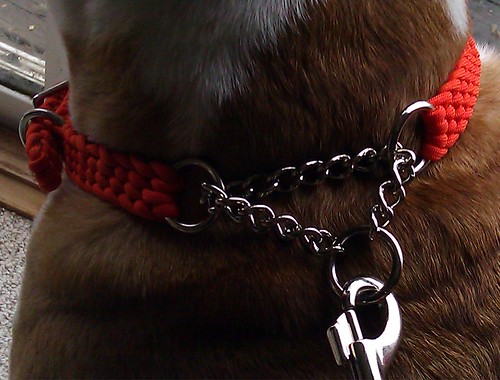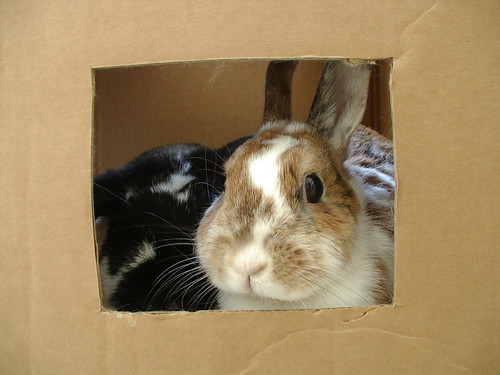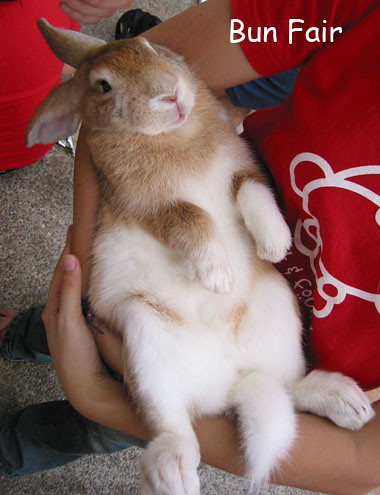There is much debate on this topic, whether from a religious perspective or philosophical one. If you ask most pet parents if they believe their pets go to Heaven, the vote is unanimously yes. Ask a theologian, and you may receive a different answer. My perspective is simply this: our pets are sentient beings full of love, what is closer to Heaven than this?
There are many references from people who have had a near death experience. Many report they have seen their beloved pets in the light or on a ladder leading upward toward a light. Hallucination, I think not. It is up to each of us to make our own decision.
Below are excerpts from the book, Beyond the Light, which documents such experiences. Copyright Beyond the Light, originally in hardcover, Birch Lane Press, New York City (reprinted as a paperback through Avon Books, New York City, 1995 - ISBN: 0-380-72540-1).
I found that both adults and children occasionally report being greeted on The Other Side by animals, especially if favored pets have previously died. But it is the children who describe an animal heaven, some even insisting that they must go through it before they can reach the Heaven where people are. Adult cases can be equally compelling.
Several years before his death, Bryce Bond, a famous New York City media personality turned parapsychologist, shared with me the story of what happened to him when he once collapsed after a violent allergic reaction to pine nuts and was rushed to a hospital. He remembered suddenly passing through a long tunnel toward a brilliant light, and then (pages 13-14, paperback version, "BEYOND THE LIGHT"):
"I hear a bark, and racing toward me is a dog I once had, a black poodle named Pepe. When I see him, I feel an emotional floodgate open. Tears fill my eyes. He jumps into my arms, licking my face. As I hold him, he is real, more real than I had ever experienced him. I can smell him, feel him, hear his breathing, and sense his great joy at being with me again.
"I feel the presence of my dog around me as I ponder those two questions. Then I hear barking, and other dogs appear I once had. “The following near-death experience appears in P.M.H. Atwater's book, Childrenof the New Millennium (now out of print - see The New Children and Near-Death
“From the light came two dogs of mine. One was a collie named Mimi who had died three years previously from an infection, and the other was a boxer named Sam who had died two years before after being hit by a car. The dogs came running and jumped on me and kissed my face with their tongues. Their tongues weren't wet, and I felt no weight when they jumped on me. The dogs seemed to glow from a light that was inside them. “
Looking to the spiritual, below are verses found in the Bible that may make the case.
The Old Testament:
Ecclesiastes 3:18-21: “As for humans, God tests them so that they may see that they are like the animals. Surely the fate of human beings is like that of the animals; the same fate awaits them both: As one dies, so dies the other. All have the same breath (literally “spirit“); humans have no advantage over animals. Everything is meaningless. All go to the same place; all come from dust, and to dust all return. Who knows if the human spirit rises upward and if the spirit of the animal goes down into the earth?”The New Testament:
Genesis 9:9-10: “I now establish my covenant with you and with your descendants after you; and with every living creature that was with you—the birds, the livestock and all the wild animals, all those that came out of the ark with you—every living creature on earth.”
Genesis 9:16: “Whenever the rainbow appears in the clouds, I will see it and remember the everlasting covenant between God and all living creatures of every kind on the earth.”
Hosea 2:18: “In that day I will make a covenant for them with the beasts of the field, the birds in the sky and the creatures that move along the ground. Bow and sword and battle will abolish from the land, so that all may lie down in safety.”
Luke 3:6: "all flesh will see the salvation of God."Regardless of one’s faith, most of us would agree that we will see our pets again. With all that our pets give us in a lifetime; friendship, unconditional love and devotion, surely they will live on long after they have left us.
Luke 12:6: “Are not five sparrows sold for two pennies? Yet not one of them is forgotten by God.”
Revelation 5:13: "Then I heard every creature in heaven and on earth and under the earth and on the sea, and all that is in them, singing: 'To him who sits on the throne and to the Lamb be praise and honor and glory and power, forever and ever!' "
Blog by Dr. Laura Allison
Posted by Dr. Mary Gardner
Read more or contact Dr. Allison:
Laura Allison, DVM
Lap of Love Veterinary Hospice
(954) 778-8908
Pompano Beach, FL
drallison@lapoflove.com | www.lapoflove.com
Dr. Allison services Broward County, including Pompano Beach, Lighthouse Point, Hillsboro Beach, Deerfield Beach, Coconut Creek, Oakland Park, Wilton Manors, Coral Springs, Tamarac, Plantation, Sunrise, Lauderhill, Oakland Park, Ft. Lauderdale, Aventura, Miramar, Hollywood, Davie, Pembroke Pines, Cooper City, and Weston.


















